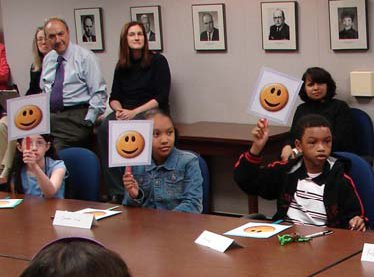
This is my third or fourth online class, yet it is the first time that we have done peer evaluations for assignments. I think this definitely added to the 'group feel' of the course, as web based courses are normally very impersonal. I found it helpful to be evaluated by my peers as well as by Dr. Kovalik.
I felt as if some of the peer evaluations were a little sugar coated and that the responding peer didn't feel comfortable critisizing others' work. Even so, I found that enough people were honest in their responses and critiques of assignments. These critiques helped me to see where I could have improved something or where I did a really good job. I also liked the peer review process because it gave me many different opinions on the same assignment. Most everyone commented on different strengths and weaknesses of each assignment, which was helpful.
I tried to give as much constructive criticism as possible to those classmates whose assignments I evaluated. Before I looked at someone else's work, I read back through the description of the assignment and took a look at the rubric for evaluation. I tried to base my comments off of those two things and make sure the assignment I critiqued fit the criteria in my mind.
Because of the points we were awarded for doing these peer evaluations, it made me more interested in seeing what my other classmates had done for each project. I was also able to learn from the projects that they did and the information that they covered. Without this peer review process, I don't think I would have been as interested in what my classmates were working on.


